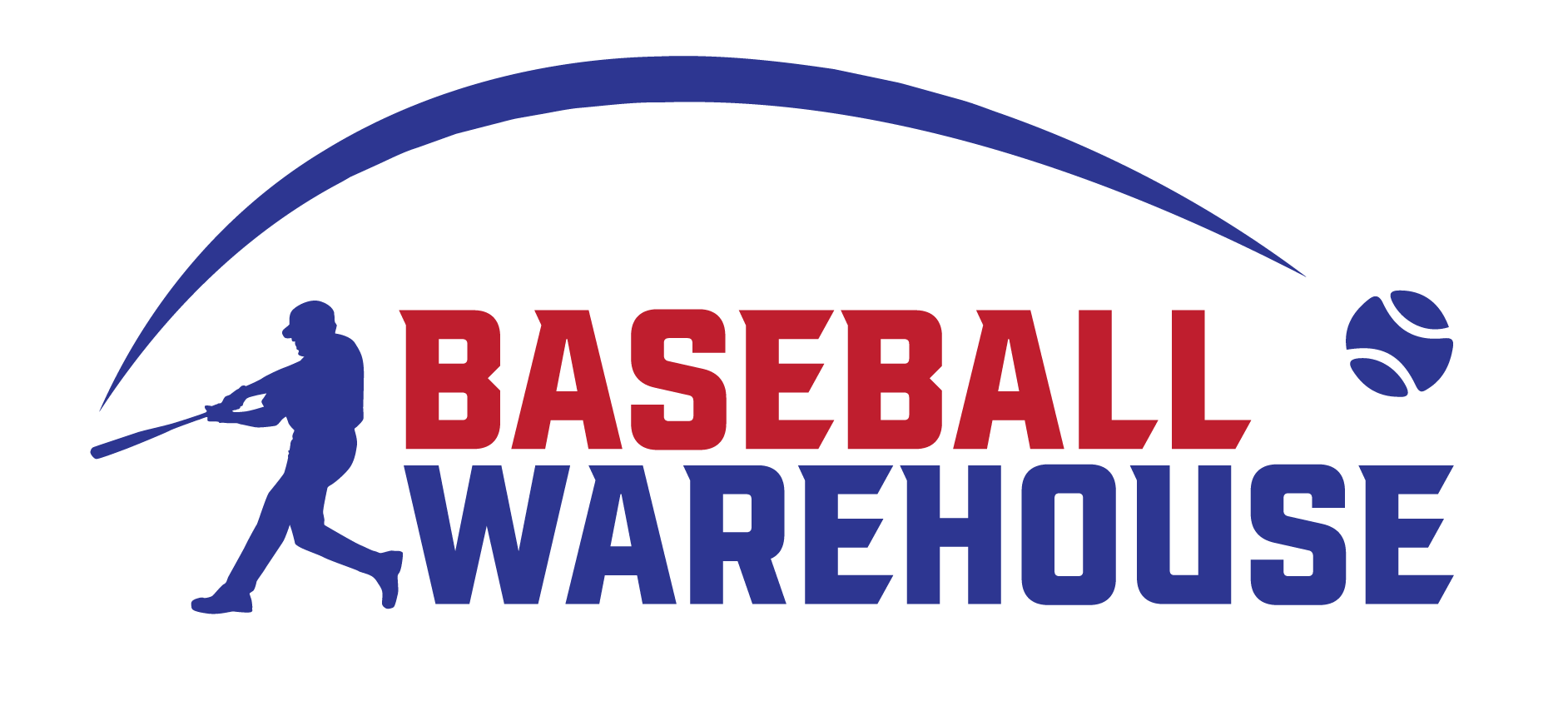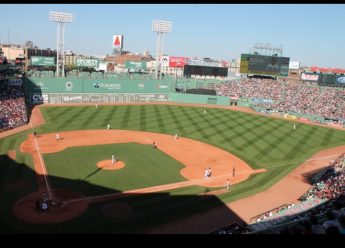Why Do the Sizes of Baseball Fields Change?
Quick Navigation
- Pitching Distance: Pitching distances begin at 46 feet for young children and gradually increase to 60 feet 6 inches for Major League Baseball. It starts so close because small children cannot throw the ball as far or as hard as older children. They start throwing the ball harder as they become older and more vital. It would be far too tough to hit the ball if they kept 46 feet away from the hitter the entire time. The distance between the pitching rubber and the batter is mainly determined by the hitter’s response time.
- Base Paths: The base paths in Little League are 60 feet long, which is ideal for small children who aren’t as large or as fast. You can’t start with an infield that is too large because the infielders must make the throw from one base to another. As children get older, the bases move from 60 to 70 to 80 to 90 feet apart.
- Home Run Fence: A home run is one of the most exciting things that may happen in a baseball game! Due to costs and other considerations, many Little League grounds do not have adequate fences, but those that do have them at the height of around 200 feet. This results in a field size suited for youngsters running around and playing defense and an accessible fence for stronger hitters.
For middle school fields, the fence generally extends back 250-300 feet. Because the wall is shaped like an arch, most fields are significantly deeper in the center than in the corners. A high school field will have roughly the same proportions as a professional field, around 300 feet along the lines and 400 feet in centerfield.)
Bases and baselines
First base
First base is the first of four bases that a base runner must touch for the batting side to score a run. In the case where a player that plays on the offence gets to the second or third base, a batter-runner can overshoot first base without being put out. After making a touch at the baseline, the batter-runner can choose to slow down and then return to the initial base, whenever he likes, provided he does not move or attempt to advance to second base.
Second base
The second base is the second of four stations on a baseball field that a base runner must touch to score a run for that player’s club. The shortstop and the second baseman generally protect the second base. The keystone sack or keystone corner is another name for the second base. Because most base hits result in a runner reaching home plate and scoring a run, a second base runner is considered to be in a position to score. The second base is the most popular target of base stealing since it is the furthest away from home plate.
Third base
The third base explains the four bases in which a base runner has to make contact with in a counterclockwise sequence to achieve a homerun. If the third and final out is not recorded before he can do it, it is so. When there are fewer than two outs, a runner on third base is especially valuable to the batting team.
Running baseline
Base runners are not obliged to follow the baseline in most cases. When attempting to progress more than one base, a base runner would generally “round” the base, taking a more circular approach. When the defense tries to tag a base runner, his left-right mobility is restricted. The baserunner’s running baseline is created as a direct line from his current location to the base he is attempting to reach when the defense begins the effort. A runner who moves more than three feet (1 meter) away from the baseline to avoid being tagged may be called out.
Running lane
A second chalk line to the right of the foul line runs halfway between home and first base and ends at first base. This second line, along with a portion of the foul line it parallels, forms the running lane that defines the path a batter-runner must take as he advances to first base. According to Official Baseball Rules Rule 6.05(k), if a batter-runner racing to first base runs beyond the running lane and “in doing so” interferes with the fielder accepting the throw at first, the batter-runner is out.
For more on baseball, read.

